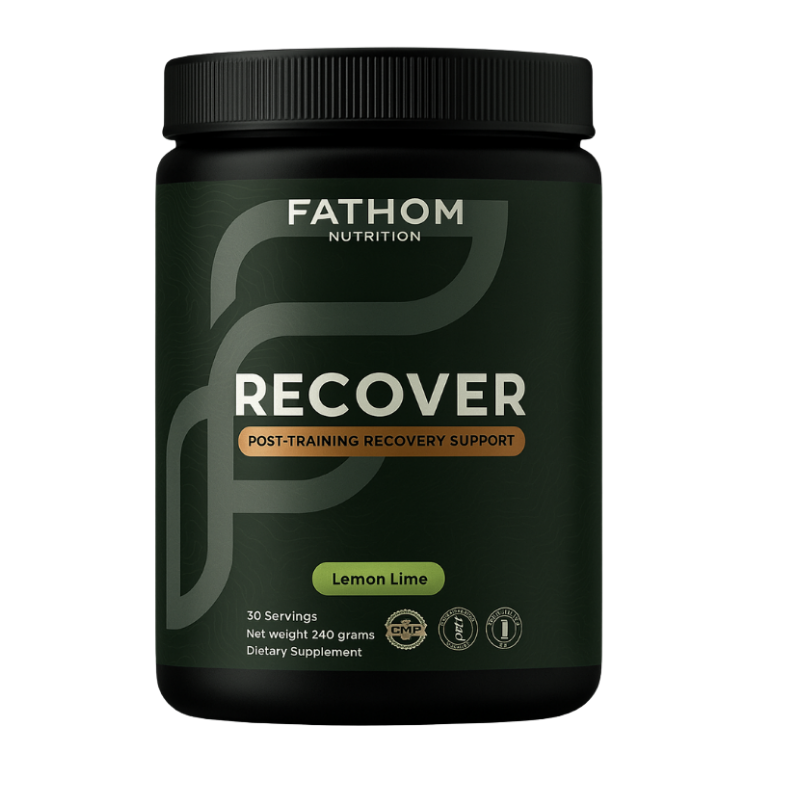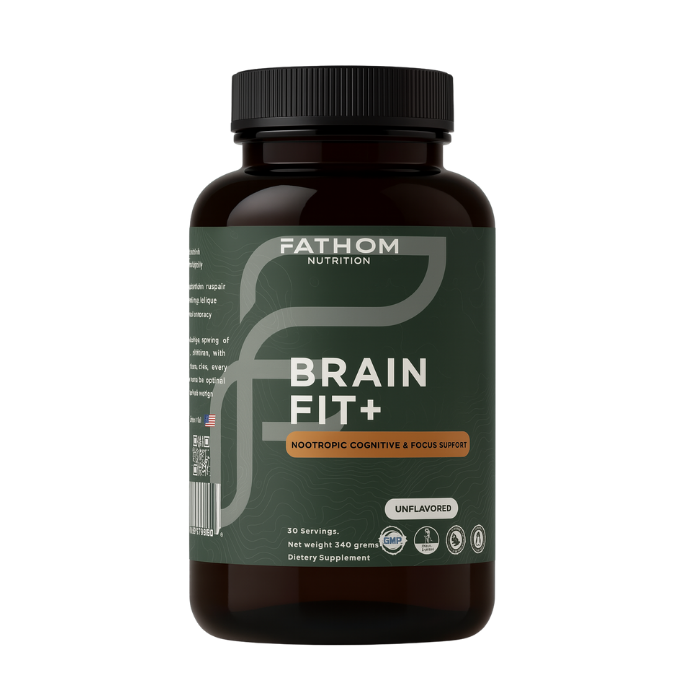Build Muscle Size, Increase Strength, Improve Recovery: A Complete, Science-Driven Guide

Muscle is a dynamic organ that learns. Repeated mechanical tension and metabolite stress alter electrical activity, gene transcription, protein synthesis, satellite cell behavior, and motor unit recruitment rules to produce larger, stronger fibers. Training is the structured delivery of these signals. Recovery is the period during which the nervous system and musculature translate them into tissue and performance. The objective is simple to state and difficult to execute. You must apply enough high quality stress to create an adaptive signal, and then protect that signal during the hours when synthesis, remodeling, and neural consolidation occur. The levers that determine success are training volume and intensity distribution, proximity to failure, repetition tempo and range of motion, exercise order and rest intervals, protein dose and distribution, sleep duration and quality, and whether your recovery traditions support or undermine the anabolic machinery you just stimulated.
Core mechanisms you can target in the gym
Mechanical tension is the principal driver of hypertrophy across loads. High loads generate high tension by definition, yet light loads lifted with intent to near failure also recruit large motor units through the size principle and can converge on similar hypertrophy when volume is equated. Heavy loading still best develops maximal strength because it trains the nervous system to express force at high percentages of one repetition maximum. Practically this means you can build size with a spectrum of loads, reserving your heaviest work to raise strength and your lighter sets taken sufficiently close to failure to add volume at lower joint stress. PubMedPMC+1
Satellite cells and myonuclear addition support growth, while ribosomal biogenesis and mTORC1 signaling scale protein synthesis capacity. These processes are sensitive to the quality of the training stimulus and to what you do afterward. Certain recovery practices can dampen the very signals you trained to create, which is why timing matters for cold exposure and anti-inflammatory drugs. PMCFrontiers
Training variables that move outcomes
Volume, frequency, and weekly structure
Across studies there is a graded dose–response between weekly hard sets per muscle and hypertrophy up to an individual ceiling. Many lifters progress well with ten to twenty hard sets per muscle per week, spread across two or more sessions to preserve quality and manage soreness. Frequency itself is a distribution tool more than a growth driver once total volume is matched, but higher frequencies can improve set quality and technique practice. PubMed+1
Load, failure, and effort
Heavy and light loads both grow muscle when sets are carried close enough to failure to recruit fast motor units. Heavier work is superior for maximal strength. Failure is a tool, not a mandate. Meta-analytic data suggest similar hypertrophy with or without routine failure when volume is matched, with failure becoming more relevant as loads lighten or for advanced lifters seeking a strong stimulus in limited time. Use it most often on isolation or machine work and sparingly on compound lifts to manage fatigue. PubMed+1
Rest intervals and performance sustainability
Longer rests between hard sets improve strength and, in many cases, hypertrophy because they allow higher total volume at useful intensities. Two to three minutes for big compound movements is a productive default. Short rests have roles for density or metabolic stress, but they are not intrinsically better for size. PubMed
Range of motion and lengthened work
Training at long muscle lengths produces robust hypertrophy signals and often region-specific growth. Emerging reviews indicate that long-length partials can match or exceed full range in some muscles, while full or long ranges remain an excellent primary default. In practice, emphasize the lengthened position with exercise selection and intent, then use lengthened partials or long-range movements as advanced tools. ScienceDirectPMC+1
Exercise order and session design
Place high-skill or priority lifts first while fresh. Use a simple structure: heavy compound movements for strength, followed by moderate-load multi-joint work, then isolation accessories where you can train closer to failure without systemic cost. Keep most sessions in the six to fifteen repetition zone with controlled tempos and forceful intent. Repetition duration across a wide range does not meaningfully alter hypertrophy when effort and volume are equated. PubMed
Recovery that actually improves adaptation
Protein dose and distribution
For most lifters, daily protein near one point six grams per kilogram of body mass maximizes lean mass gains, with little added benefit above that threshold for young adults in resistance training. Distribute protein across two to four meals with per-meal doses around zero point three to zero point five grams per kilogram to repeatedly cross the leucine threshold. Pre-sleep casein thirty to forty grams increases overnight muscle protein synthesis and can augment gains during training blocks, particularly when total daily intake is marginal or energy deficit is present. PubMedPMC+1
Sleep as an anabolic variable
Sleep extension improves performance, reaction time, mood, and training quality. For lifters, better sleep translates into more productive volume, steadier motivation and safer technique rather than a single hormone hack. Treat sleep timing, light exposure, and pre-sleep routine as training variables. PMCPubMed
Cold exposure and anti-inflammatory agents
Post-exercise cold water immersion consistently attenuates anabolic signaling and satellite cell activity and can blunt long term hypertrophy. If you rely on cold for mood or habit, separate it by many hours from lifting or reserve it for rest days. High daily doses of ibuprofen impair hypertrophy and strength in young adults over training blocks. Occasional over-the-counter use for acute issues is different from chronic prophylactic dosing, but the principle is clear. Do not blunt the training signal you are trying to keep. PMCPhysiological JournalsPubMed
Supplements with the strongest signal to noise
Creatine monohydrate reliably increases high-intensity work capacity, lean mass, and strength with an excellent safety profile. Five grams daily is simple and effective for most. Caffeine improves strength, power, and endurance for many athletes at three to six milligrams per kilogram, best used earlier in the day and cycled to preserve sensitivity. Beta-alanine can extend capacity in efforts of about one to four minutes and is most relevant for high-density accessory work or interval conditioning. Evidence for citrulline malate in strength outcomes is mixed with several controlled analyses showing minimal effect. None of these replace protein or sleep. PubMed+1PMC+1
A practical blueprint you can repeat
Weekly structure. Organize training around three levers. First, expose each major muscle to ten to twenty hard sets per week, distributed over two or three sessions to preserve quality. Second, anchor strength with heavy compound lifts in lower repetition ranges across the week. Third, add hypertrophy volume with moderate and light loads carried close to failure on lower-risk movements. Maintain at least forty eight hours before repeating heavy work for the same pattern. PubMed
Session design. Warm up with ramping sets. Prioritize compounds while fresh, then push accessories. Rest two to three minutes for heavy multi-joint sets and at least ninety seconds for accessories. Use loads across thirty to eighty five percent of one repetition maximum. Finish with a small amount of lengthened work or lengthened partials when appropriate. PubMedScienceDirect
Progression. Add load or repetitions when you beat the rep target by one to two with the same technical standard at a similar proximity to failure. If performance stalls, add a set to that exercise or rotate to a close variation to re-sensitize the stimulus while preserving movement pattern skill. Deload every four to eight weeks by cutting volume in half while keeping some intensity to maintain skill.
Recovery guardrails. Hit daily protein, keep total energy adequate, extend sleep on heavy weeks, and do not place cold plunges or high doses of NSAIDs in the immediate hours after lifting. If you love cold exposure for mood, use it on mornings off from lifting or separate it from training by six to eight hours. PMCPubMed
Sample two-way split you can scale for six to twelve weeks
Day A: Lower emphasis strength then hypertrophy
Back squat or leg press heavy sets of three to six. Romanian deadlift moderate sets of six to ten. Split squat or lunge eight to twelve. Leg curl eight to twelve. Calf raise ten to fifteen. Optional lengthened leg extension partials to finish.
Day B: Upper emphasis strength then hypertrophy
Bench press or dip heavy sets of three to six. Row or pull up moderate sets of six to ten. Overhead press eight to twelve. Pulldown or single arm row eight to twelve. Lateral raise and triceps work close to failure. Optional lengthened curls or incline curls to finish.
Alternate A and B two or three times per week depending on recovery, keeping total hard sets per muscle within the weekly target and moving accessories up or down to meet that budget. The split is less important than honest effort, sufficient volume, and high quality sleep and nutrition. PubMed
Common pitfalls and how to avoid them
Too much intensity, too little volume. If every set is near maximal load, total weekly work collapses. Keep heavy work in the plan, but let most hypertrophy volume live in moderate repetition ranges where you can approach failure safely. PubMed
Short rests that feel hard but shrink results. When rest is too short, load and rep quality fall and the hypertrophy driver becomes suffer-factor rather than high tension. Give yourself time to repeat high-quality sets. PubMed
Cold plunges right after lifting. This is the right tool at the wrong time if the goal is growth. Move it away from training. PMC
Protein under-dosing and poor distribution. Hitting daily protein with two to four sufficient feedings outperforms grazing on small amounts. Add pre-sleep casein if daily total lags or if recovery is a bottleneck. PubMedPMC
Frequently asked questions
How many hard sets per muscle per week should I do.
Most lifters progress on ten to twenty, distributed over two or more days. Adjust by signal. If performance and pumps fade and soreness lingers, pull volume back. If you are recovering easily and not progressing, add a set to one exercise for that muscle. PubMed
Do I need to train to failure.
Use failure strategically. It is especially useful with lighter loads and on isolation exercises. On heavy compounds, stop one to two repetitions from failure to preserve technique and systemic recovery while letting weekly volume do the hypertrophy work. PubMed
Are long rests bad for hypertrophy.
No. Longer rests often produce better strength and at least equal, sometimes greater, hypertrophy because they allow you to maintain load and repetition quality across sets. PubMed
What about lengthened partials.
They are promising and sometimes superior for certain muscles, but they are an accessory, not a replacement for full or long range training. Use them to bias the most hypertrophy-sensitive portion of the movement after your main work. ScienceDirectPMC
Which supplements are worth it.
Creatine and caffeine have the most robust evidence for strength and performance. Beta-alanine is situational for efforts around one to four minutes. Citrulline malate shows mixed results for strength and is not essential. PubMed+1PMC+1











